Whether you want to shed a few pounds or a few dozen pounds, all while retaining lean muscle mass, it’s important that you follow the correct diet and nutritional protocol to help get you where you need to be.
There are countless diet plans currently in existence. So, which one should you follow?
One of the best diet plans is something that thousands of people all over the globe are using and it’s called a ketogenic diet. Ketogenic diets are more popular than ever before, and with increasingly high amounts of positive research backing up the effectiveness and safety of these diets, it’s easy to understand why.
If you’re new to the world of ketogenic diets, things can get a little complicated and confusing. This article is going to help clear things up for you. In this article, you’ll get a detailed look at the science behind ketogenic diets, and it’ll cover what you need to know about this fantastic diet protocol.
- What is a ketogenic diet?
A ketogenic diet, sometimes known simply as ‘keto’ is a low carb, moderate protein, high-fat diet that is taking the health and fitness community by storm.
The diet requires individuals to consume very low amounts of carbohydrates and to replace them with high amounts of primarily healthy fats instead. A keto diet is not to be confused with the Atkins diet, as, although both are low carb diets, Atkins places an emphasis on protein as your number one macro, while keto places emphasis on fat as a macro.
The idea behind the diet is to encourage your body to enter a metabolic state known as ketosis. Once in ketosis, your body becomes a fat-burning machine, so it’s easy to understand why the diet is so popular.
- What is the science behind ketosis?
While it’s easy to talk about ketosis and how wonderful it is for burning fat, is it backed up by science?
Yes, it is. In fat tissues, fatty acids are stimulated via chemical hormones and compounds known as glucagon and epinephrine. These are inhibited by the hormone produced via the pancreas known as insulin. Insulin is secreted by the pancreas to help regulate blood glucose levels when carbohydrates are consumed.
Insulin acts as a transport vessel, as it shuttles glucose from your bloodstream, into your cells. Without insulin, blood sugar (glucose) levels would spiral dangerously high and out of control.
Now, on the flip-side, we have glucagon. Glucagon is another hormone secreted via the pancreas, though this time, the hormone is secreted when blood sugar levels drop too low.
When blood sugar levels are low, glucagon is secreted, and it instantly gets to work on taking glycogen stored in the liver and converting it into energy for the body, in the form of glucose. As glycogen levels drop, a process known as beta-oxidation occurs. Beta-oxidation causes fatty acids from fat tissue to become mobile and active.
It is here that ketosis factors into the equation. When beta-oxidation occurs, the liver secretes ketone bodies as it can no longer use them, so they instead make their way to the brain to be used as a form of energy. From here, free fatty acids can be converted into a usable form of energy.
- What are ketone bodies?
Ketone bodies are by-products that are created when fatty acids are taken by the body and converted into energy.
A few of these fatty acids can be oxidized within the liver and used as fuel for the body, while others will only be partially oxidized where they create a compound known as acetoacetate.
Acetoacetate is converted into a compound known as beta-hydroxybutyric acid. These compounds, collectively, are better known as ketone bodies.
All tissue within the body which happens to contain mitochondria, including muscles and the brain, can use ketones for fuel.
- Keto diets for anticatabolism
For dieters, being in a catabolic state is one of the worst things imaginable. A catabolic state means that your body is eating away at your muscle tissue and using that as fuel, rather than your fat reserves.
Keto diets are perfect because they have a profound effect on catabolism rates within the body, helping to reduce them drastically. Any diet which places you in a calorie deficit will be catabolic to a certain degree, so a little muscle loss will be a given.
What’s more, the human brain can often use protein to create glucose for fuel, via a process known as gluconeogenesis. When in ketosis, however, ketones are always the preferred fuel for the brain, meaning it chooses ketones rather than glucose.
This has a protein and muscle-sparing effect as protein will no longer need to be broken down and converted into glucose. This means that for energy, the body has to use body fat for fuel instead, leaving you leaner and more ripped than ever!
This is the science behind the ketogenic diet. It may seem dry and confusing. In simple terms, all you’re doing is getting your body to burn fat instead of carbs for fuel. When your body is getting enough fat, it’ll be much more amenable to burning off its fat stores and you’ll lose your excess weight much more easily.
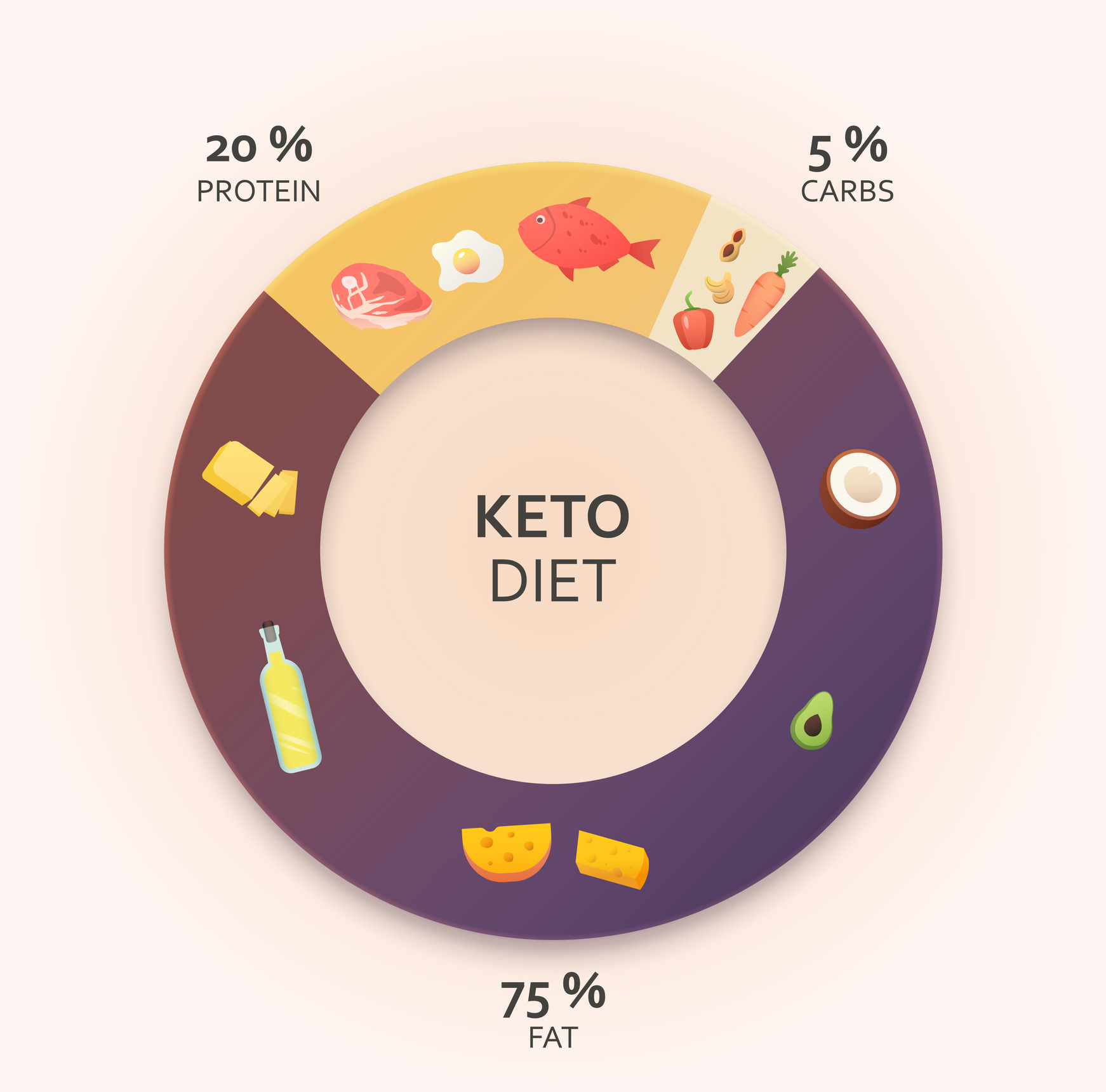
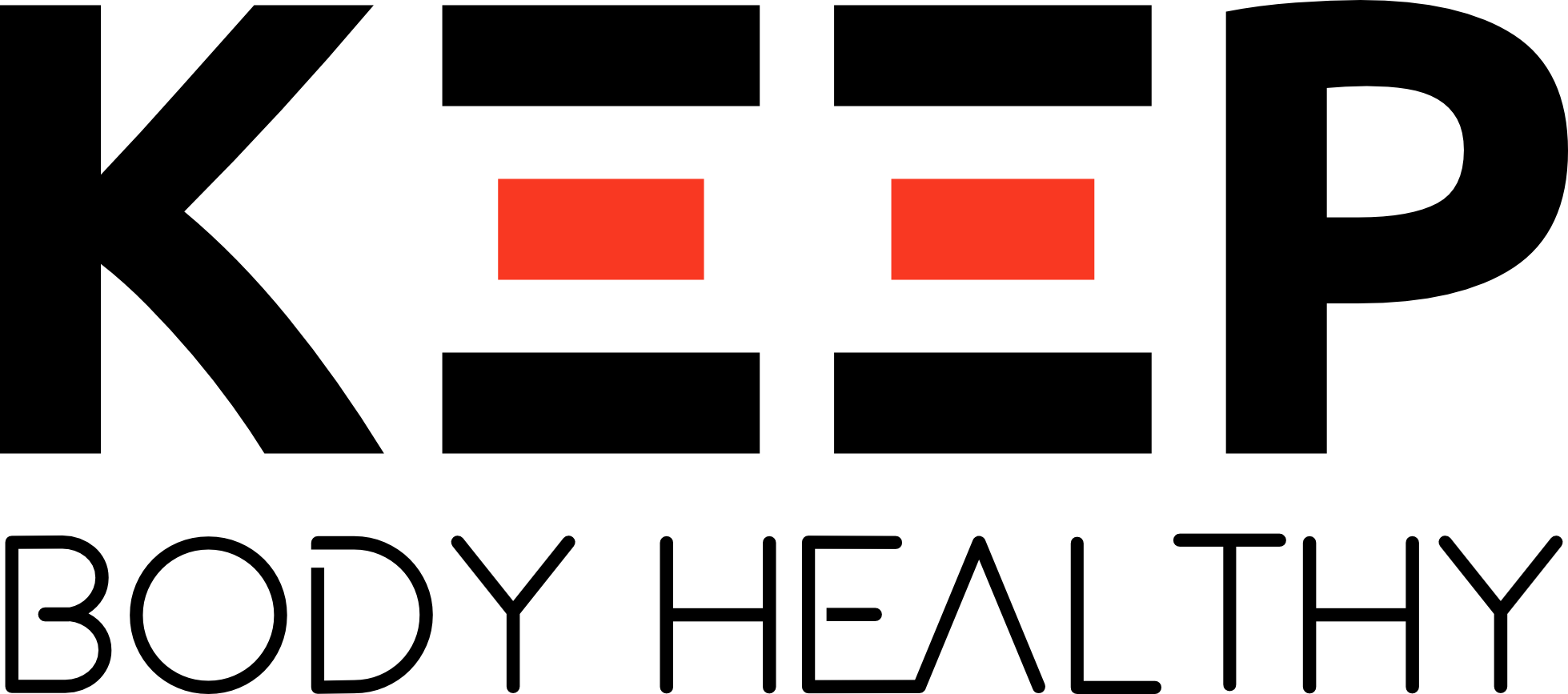
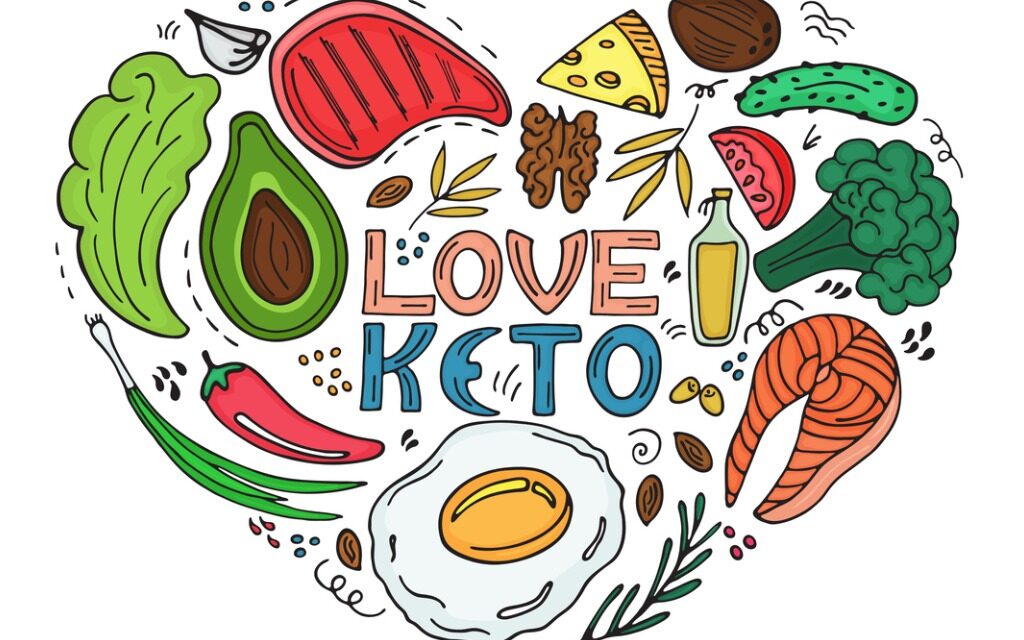
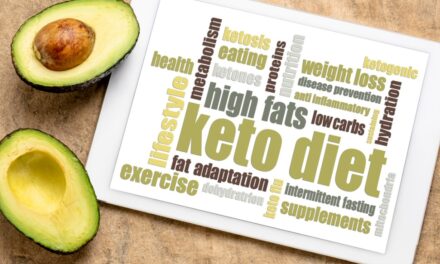

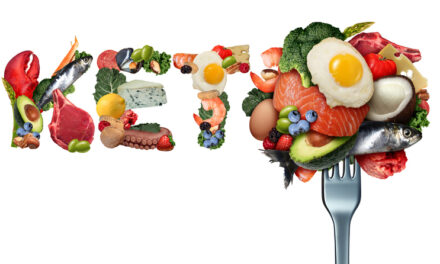
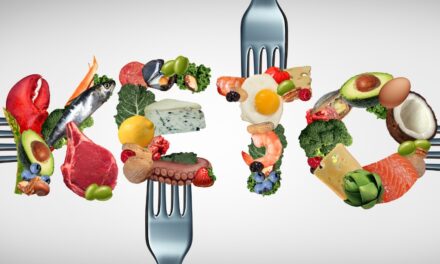
Recent Comments